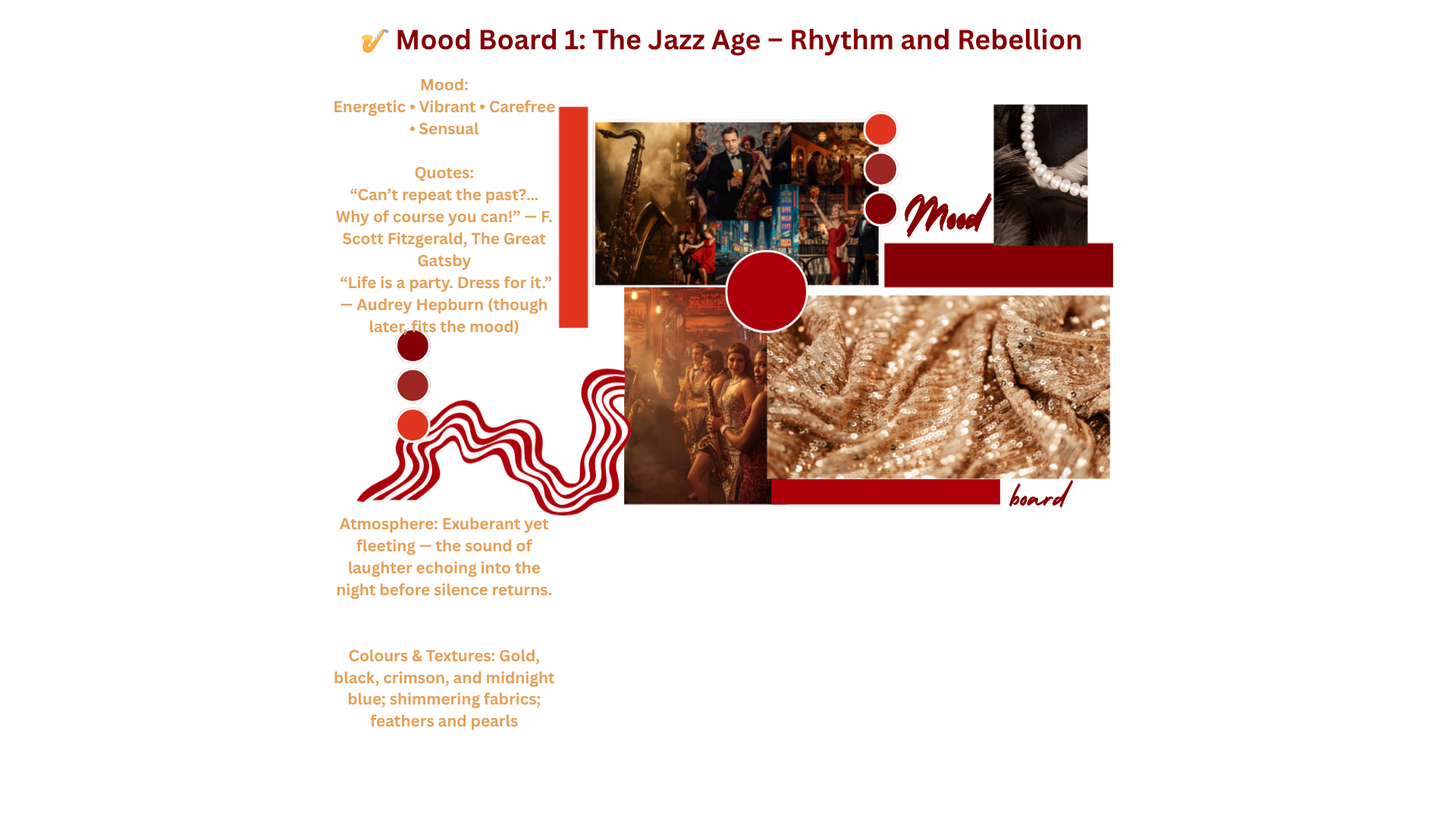Blog entry by Vieroslava Dyson


The Roaring Twenties — a decade of jazz, rebellion, and glittering illusion — continues to fascinate readers and learners alike. In literature, it’s more than just a historical backdrop; it’s a living, breathing force that shapes the mood, the atmosphere, and even the characters themselves. This wonderful lesson plan from our Erasmus colleague Bökös Borbála invites students to step into the rhythm of the 1920s and explore how writers of the period used its energy and contradictions to shape unforgettable stories.
The 1920s were marked by transformation — post-war optimism, rapid industrial growth, and a cultural revolution that saw traditional values collide with modern ambitions. In novels like The Great Gatsby, the era itself becomes a character. The glitter of parties, the rhythm of jazz, and the restless pursuit of pleasure all create an atmosphere of both excitement and emptiness.
Students began by identifying key elements of the Roaring Twenties such as social change, economic boom, cultural vibrancy, moral ambiguity, and the pursuit of the American Dream
Through these elements, learners examined how writers use setting, imagery, and tone to build a distinctive mood — one that swings between dazzling vitality and deep melancholy.
Through close reading, discussion, and creative analysis, students considered how language choices evoke emotion: the rhythm of sentences, the symbolism of light and shadow, and the contrast between wealth and isolation.
Students then proceeded to create mood boards which reflected their undertanding of the period and helped them feel the 1920s rather than simply study it.
By the end, students didn’t just understand the period — they experienced how atmosphere shapes identity and emotion in literature.
